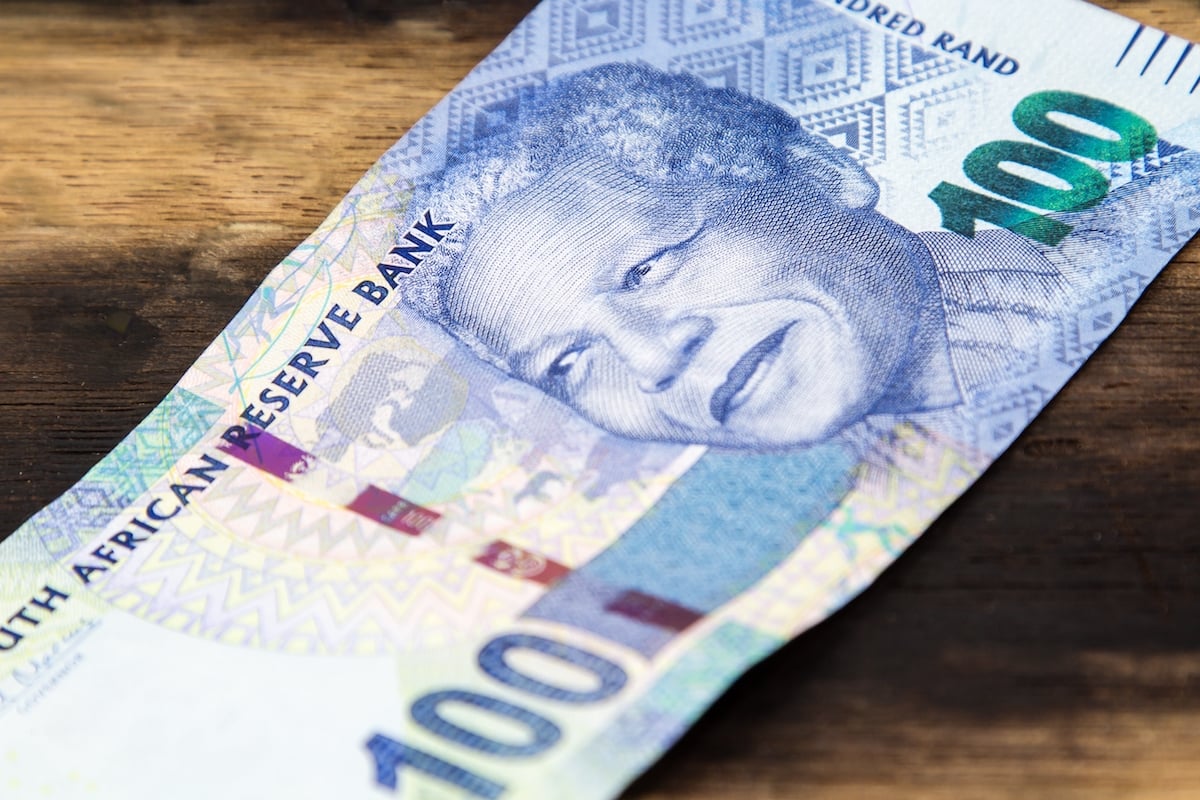Global Courant
The rand continues to struggle in financial markets, reaching another record low as external pressures collide with the government’s political missteps and the ongoing power crisis.
Starting June on the back foot, the rand fell to a new record low of R19.91 against the dollar in early trading on Thursday (June 1), after weeks of pressure due to a large number of problems in May.
The rand’s latest troubles began in the second half of May, when markets went into “raw panic” over the buzz of South Africa’s power grid collapse. While the government has done its utmost to allay concerns by insisting that such a possibility is highly unlikely, investors doubt that the necessary plans are in place to mitigate such an outcome.
This position has been exacerbated by banking institutions and even the country’s central bank taking the necessary precautions to ensure systems are protected in the event of a grid collapse.
Even with a grid collapse unlikely, the ongoing power crisis – and the government’s lack of short-term solutions – is keeping the South African economy under pressure, casting doubt on the country’s growth prospects in the coming quarters and even the full year drawn.
South Africa has also been hit and punished for its stance on the Russian invasion of Ukraine. In May, the US ambassador openly accused South Africa of arming Russia, which put a heavy strain on markets as the potential for secondary sanctions loomed large over the currency.
The government has since tried to mend the fences — with President Cyril Ramaphosa’s latest move sending key ministers to vital trading nations to try and settle South Africa’s stance on the war — but business leaders, Western nations and markets don’t seem to mind convinced by its claims of neutrality.
The final blow to the rand on Thursday comes from external factors. According to Citadel Global, poor data from China is putting pressure on commodity-linked currencies, pushing even the Australian and New Zealand dollar to six-month lows.
TreasuryOne noted that China’s manufacturing PMI contracted to 48.8 against market estimates of a rise of 51.4, strengthening the dollar as risk sentiment turned more negative.
“Congress is due to vote today on whether to approve the debt ceiling agreement, and the uncertainty is adding to the discomfort in the markets,” it said.
The rand hit a new all-time worst level of R19.86 on Wednesday on the back of the stronger dollar, along with local political and power struggles. It has now even passed that level.
“Load shedding is back in Phase 6, while the government has granted diplomatic immunity to Russian officials attending the BRIC summit in August. The ICC has issued a statement saying that South Africa must arrest President Putin,” TreasuryOne noted.
“The rand will remain in the background for months to come and negative investor sentiment driven by potential economic sanctions is unlikely to improve.”
Citadel noted that the dollar softened on Thursday given Fed commentary, but the rand is not enjoying the typical boost that comes with that spin. The rim is struggling to find direction, the group said.
“The dollar has retreated from a two-week high against its major peers as the passage of the debt deal in the US Congress calmed nerves. In addition, some Fed officials have suggested “skipping” a rate hike in June.
“Markets are now pricing in about a 26% chance that the Fed will raise rates by 25 basis points this month, compared to a 67% chance just a day ago,” the report said.
On a positive note for South Africa, the fall in commodity prices is also impacting global oil prices, which have fallen to around $72 a barrel. This should translate into lower gas prices next week.
Read: Rand Hits New Low After Announcing BRICS Summit Immunity




